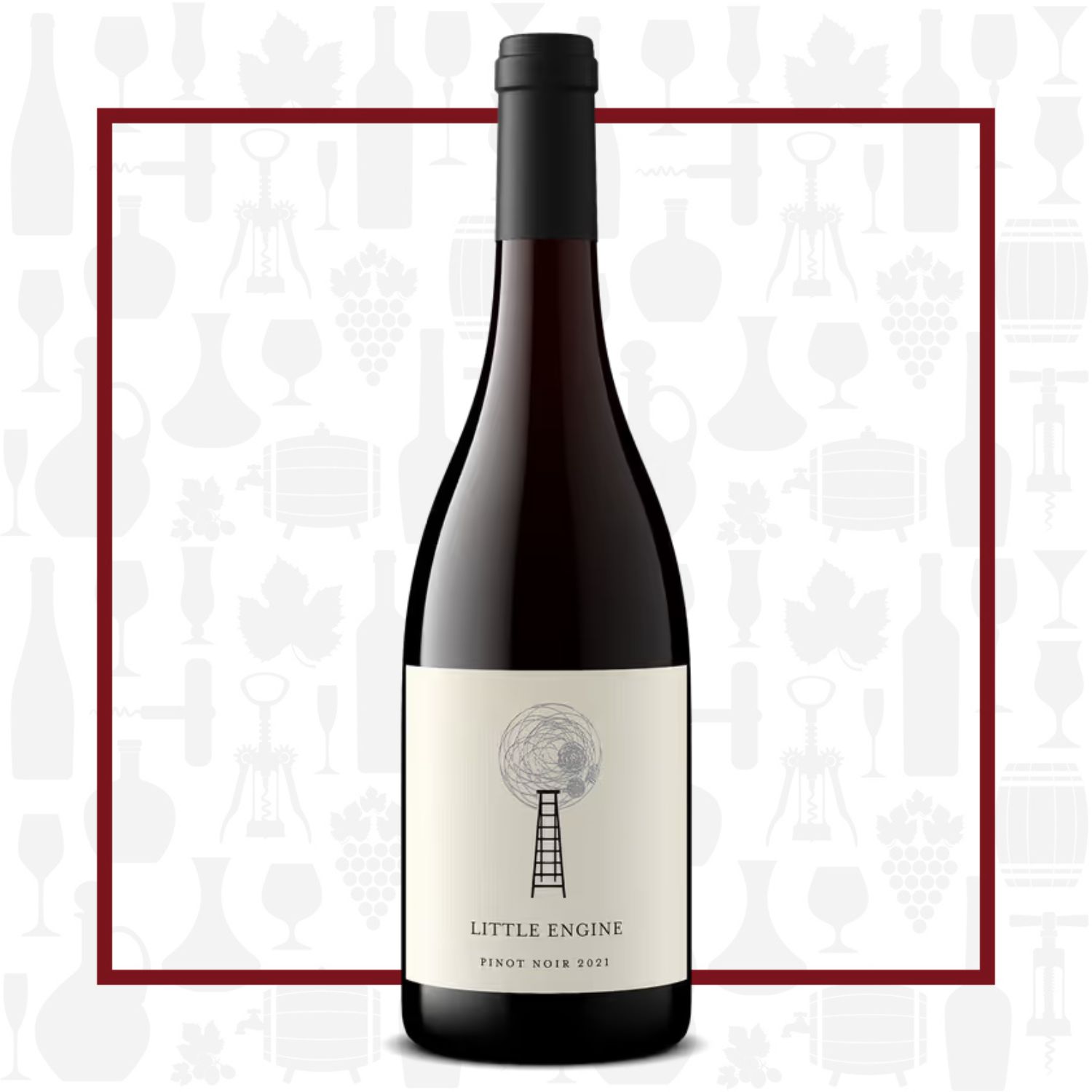Cellar Profile
The Little Engine story begins in 2011, when Steven and Nicole French purchased Corbishley Vineyard, planted to Chardonnay, Pinot Noir and Merot, in the Naramata Bench region of British Columbia. Two years later, they purchased Naramata Road Vineyard, which would become their Estate Vineyard and winery home. The following year, their first vintage wines were released and met with instant acclaim. Over the ensuing decade, more vineyards have come online, with the addition of Sauvignon Blanc, Semillon and Cabernet Franc. But at its heart, Little Engine specializes in Chardonnay and Pinot Noir. Veteran winemaker Scott Robinson uses precise pruning and cluster management, restricted yields and careful canopy management (to ensure the health of the bunches and proper sun exposure). His minimalist approach in the cellar relies on indigenous yeasts and spontaneous fermentations to craft stunning New World expressions of classic varietals. When wood aging is called for, only French oak barriques are used. Little Engine wines are known for their depth of flavour, elegance and attention to detail.
Region
Part of the Southern Okanagan Valley, Naramata Bench, like the rest of the valley, was formed by ancient glaciers that cut a swath between the towering mountain ranges of British Columbia. These glaciers deposited sediment and soils all along the valley and carved out rivers and lakes between the massifs. With a continental climate — enjoying long, hot summer days and cool evenings — the temperatures can swing wildly between seasons. The vineyards of the region are sheltered by nearby Lake Okanagan, which forms a protective “bubble” during the colder winter months. In a rain shadow formed by the mountains, little rain falls during the growing season and the vines must dig deep to reach the water table and aquifers beneath the desert-like conditions. With only 360 mm of precipitation a year, dry farming and/or irrigation is the norm amongst the over 50 wineries and cider producers of the region. These are rich soils for vineyards, with sedimentary silt and loam, as well as large amounts of gravel at higher elevations.
Vineyard
Estate vineyards are located throughout the Naramata Bench. Vineyards are planted to Burgundian clones of Pinot Noir and Chardonnay. Cover crops and organic fertilization are employed to prohibit soil erosion, to maintain soil moisture and to ensure a diverse and healthy ecosystem within the vineyards, bringing pollinators and insects that help control pests naturally. These vineyards consist primarily of silt and loam, with some sand and gravel, and range in elevation from 400 to 650 masl. Canopy management is key here; care is taken to ensure air flow to reduce the chance of mildew or rot and to expose berries early in the season to ensure optimal phenolic ripeness at harvest time. Yields are quite low, as aggressive green harvesting takes place during the early parts of the summer, to focus the vines’ energy on the remaining, best bunches of grapes.
Winemaking
Hand-harvested and sorted bunches are de-stemmed and crushed into large, temperature-controlled fermenters for a week long soak before being slowly warmed to initiate spontaneous fermentation using wild yeasts. During this process, hand punchdowns of the cap are done periodically throughout the day to aid in flavour development, tannin extraction and allow for air contact to the juice. The temperature is allowed to rise slowly so that malolactic fermentation can occur. The juice is then carefully pressed into a combination of seasoned oak barriques for 14 months of aging.
Varieties
Pinot Noir—chiefly associated with the Burgundy region of France— is grown around the world, mostly in cooler climates. The grape’s tendency to produce tightly packed clusters makes it susceptible to several viticultural hazards involving rot that require diligent canopy management. When young, wines made from Pinot Noir tend to have red fruit aromas of cherries, raspberries and strawberries. As it ages, Pinot has the potential to develop more vegetal and earthy aromas that can contribute to the complexity of the wine. Thin skins and low levels of phenolic compounds lend Pinot to producing mostly lightly-coloured, medium-bodied and low-tannin wines that can often go through phases of uneven and unpredictable aging. The climactic conditions of the Okanagan Valley are more similar to Oregon than Burgundy, making wines that are riper and more full-bodied than their European counterparts, while still maintaining varietal acidity and elegance.
Tasting Notes
Brilliant ruby red in the glass, with bountiful aromas of violets, red berries, cranberry and cocoa. The palate is rich but textured – red berries, tart cranberry, rhubarb, baking spices and a hint of fresh herbs. The tannins are evolved and soft, and the freshening acidity makes this Pinot easy-drinking and gastronomic. Chill to cellar temperature and enjoy with seared duck breast, veggie terrines or beef tartare with frites.

